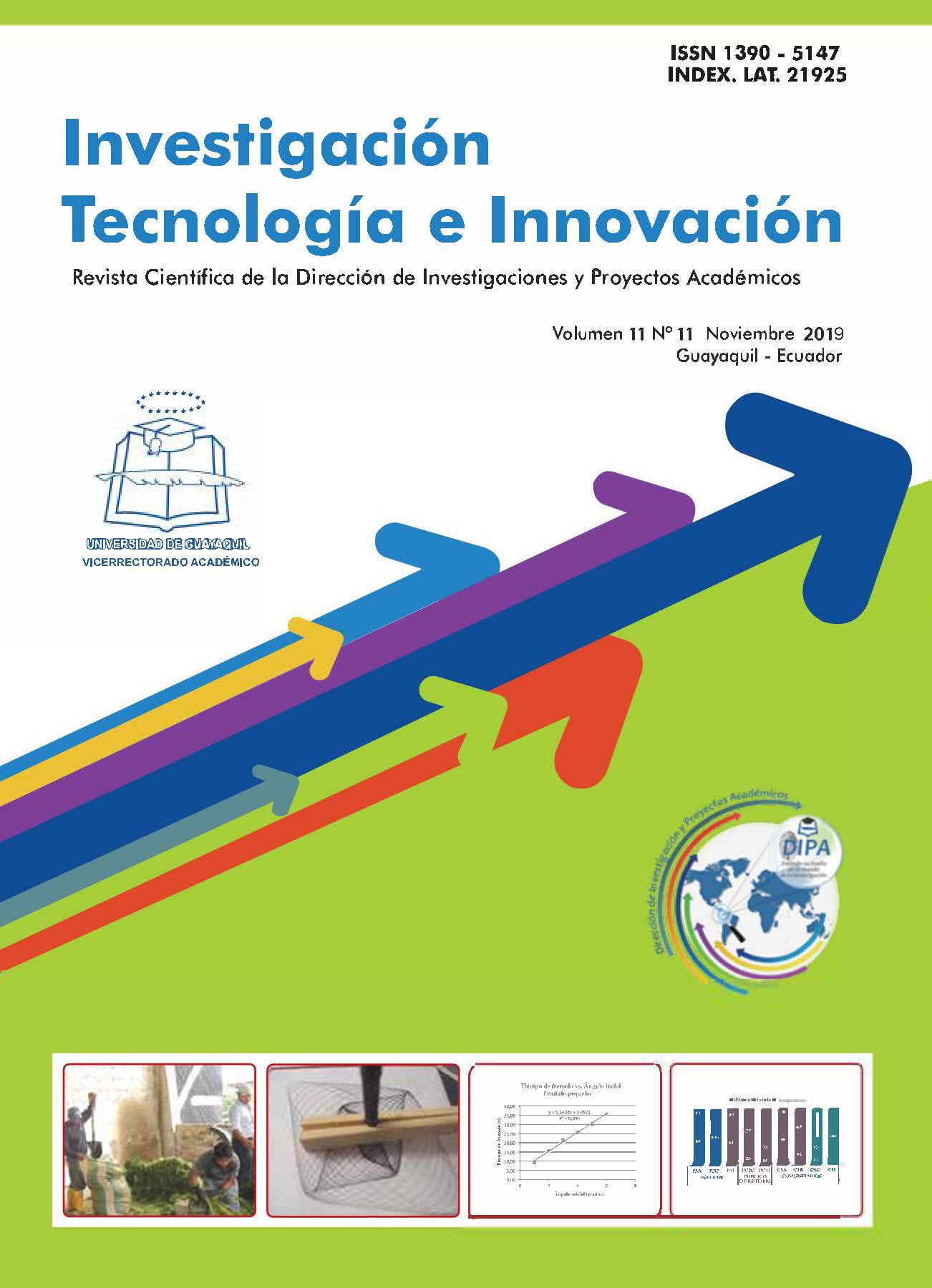Study of the growth rate in fetal death through the analysis of Poisson-type quantitative variables
DOI:
https://doi.org/10.53591/iti.v11i11.122Keywords:
Statistics, Probability, Rstudio, fetal deathAbstract
The purpose of the following work is to analyze and identify the causes of fetal death in Ecuador, to evaluate the current death rates and estimate a relationship with the possible growth in case of decriminalization of abortion, an alarming growth of this in relation to previous years, if it becomes legally accepted. For this, the study of a sample of 1818 data extracted from a medical database was carried out, which included statistical and descriptive probabilistic analysis in which a contingency table was applied for the operationalization of our variables, position statistics were used, made Poisson distribution, all this based on a programming language in R. as with the free software Rstudio being its programming language R.
References
Barreto-Villanueva, A. (2012). El progreso de la Estadística y su utilidad en la evaluación del desarrollo. Papeles de población, 18(73), 241-271.
Batanero, C., Cañadas, G. R., Contreras, J. M., & Gea, M. M. (2015). La comprensión de las tablas de contingencia: una síntesis de la investigación didáctica. Boletín de Estadística e Investigación Operativa, 31(3), 299-315.
Bravo Chica, A. E. (2019). Perfil epidemiológico, obstétrico y complicaciones embarazo de alto riesgo en usuarias del “Hospital Vicente Corral Moscoso”, año 2018.
Cevallos-Torres, L., & Botto-Tobar, M. (2019a). Case study: Logistical behavior in the use of urban transport using the monte carlo simulation method. En Problem-Based Learning: A Didactic Strategy in the Teaching of System Simulation (pp. 97-110). Springer.
Cevallos-Torres, L., & Botto-Tobar, M. (2019b). Case study: Project-based learning to evaluate probability distributions in medical area. En Problem-Based Learning: A Didactic Strategy in the Teaching of System Simulation (pp. 111-122). Springer.
CEVALLOS TORRES, L. J., VALENCIA MARTINEZ, N. A., & BARROS MORALES, R. L. (2017). Análisis Estadístico Univariado. grupo Compás-Universidad de Guayaquil.
Fernández Regalado, R. (2009). El teorema de Bayes y su utilización en la interpretación de las pruebas diagnósticas en el laboratorio clínico. Revista cubana de investigaciones biomédicas, 28(3), 158-165.
López-Roldán, P., & Fachelli, S. (2015). Metodología de la investigación social cuantitativa.
ULLAURI, J. G. L., SOTO, J. M. O., & FERNÁNDEZ, M. D. J. V. R. (s. f.). FRECUENCIA Y CARACTERISTICAS DEL ÓBITO FETAL EN EL HOSPITAL VICENTE CORRAL MOSCOSO DE LA CIUDAD DE CUENCA, 2010 A 2014.
Valencia-Nunez, E. R., Melendez-Tamano, C. F., Valle-Alvarez, A. T., Paredes-Salinas, J. G., Salinas, C. F. P., & Cevallos-Torres, L. J. (2018). Virtual classrooms and their use, measured with a statistical technique: The case of the Technical University of Ambato—Ecuador. 2018 13th Iberian Conference on Information Systems and Technologies (CISTI), 1-6.
Downloads
Published
Issue
Section
License
Copyright (c) 2019 Kevin Fondevila, Víctor Mora, Helen Rodríguez, Josué San Martin, Lorenzo Cevallos Torres

This work is licensed under a Creative Commons Attribution-NonCommercial 4.0 International License.






